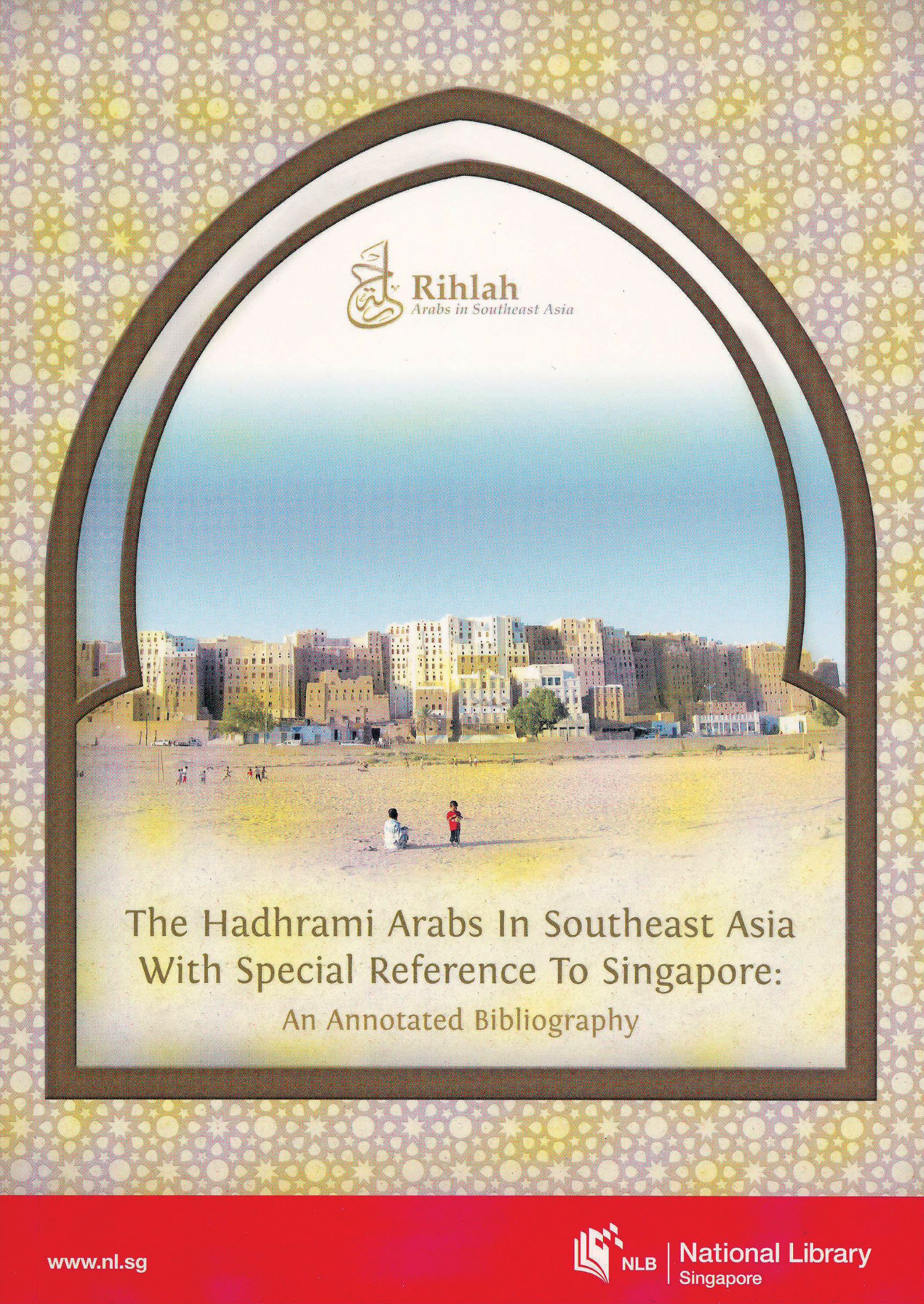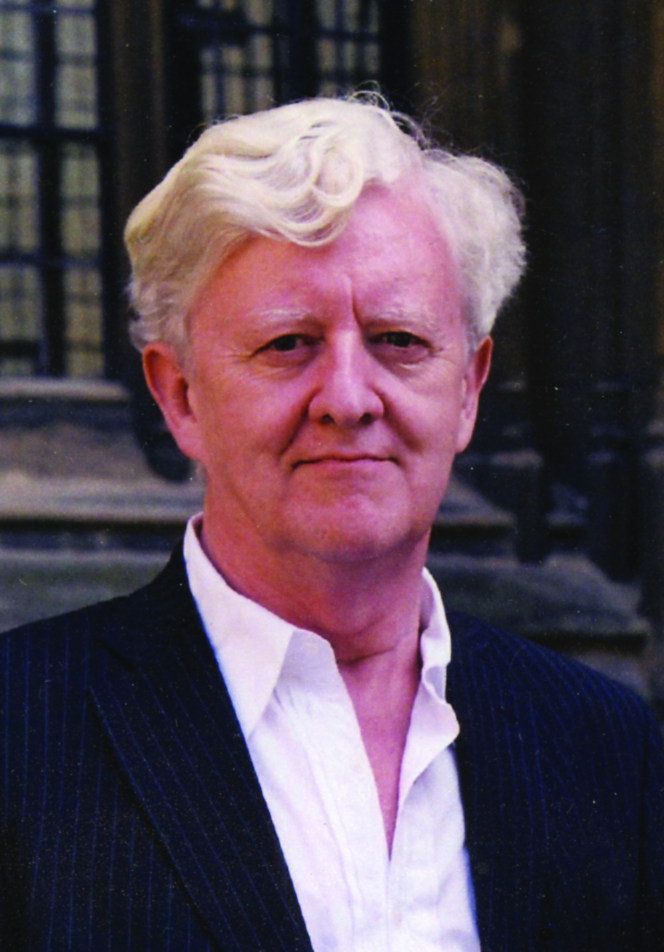Book Review: The Hadhrami Arabs in Southeast Asia with Special Reference to Singapore
Kriser Professor of Middle Eastern and Islamic Studies at New York University Michael Gilsenan shares his thoughts on the newly published bibliography on the Hadhrami Arabs in Southeast Asia.

The intensive study of different patterns of Hadhrami migrations all around the Indian Ocean, the Persian Gulf and into Southeast Asia is a relatively recent phenomenon. As Hadhrami family and business links spread in Europe and America as well as parts of the Middle East, the complexity of our studies continues to grow with the constant branching of Hadhrami migrations and the expansion of research on new aspects of their worlds from new perspectives. Given the immense social and cultural diversity of societies such as those in Indonesia, for example, societies in very different areas of which people of Hadhrami origin have established themselves in different ways over sometimes long historical periods, the possibilities for scholarly research are as great as the topics of inquiry are many and the difficulties daunting.
Part of this growth in scholarship no doubt relates to changes in the political order in Yemen as a whole since the early 1990s, and more specifically in southeast Yemen and the valley system of the Hadhramaut itself. The unification of the country made travel to the region possible. The intellectual interest and personal generosity of Hadhramis there and access to manuscripts, documents and libraries, some of which had suffered greatly in the previous decades, allowed a certain opening up of the area to study. Greater access to Arabic sources and the possibility of conducting primary research in the region were important contributing factors.
There are many other influences. Contemporary scholarly concerns with migrations, diasporas and population movements in a globalising and transnational world, as well as with issues of social identity and ethnicity, have contributed to the multiplication of directions of inquiry. At the same time, studies of empire and colonial regimes have turned to more detailed work on different groups of subjects under British or Dutch or French rule among which figure the Hadhramis, whether in East Africa, India or the Malay Archipelago.
Two other factors play an important part. The first is the burgeoning literature on aspects of Islam and Islamic practice and history in the modern world. The second and closely linked sets of topics that have become major areas of scholarship are Islamic law in practice and the spread of versions of Sufi Orders and different currents of Sufism.
These various and changing academic concerns feed into the formation of what is by now a growing field of Hadhrami studies with its conferences, special issues of journals and courses taught in universities. Meetings may be held in many cities such as Jakarta, Kuala Lumpur, Leiden, London, Sana’a, Singapore (the venue for the remarkable exhibition whose opening is marked by the publication of this bibliography) or Vienna. The boundaries of the field(s) are fittingly porous and shifting. Scholars from many disciplines are involved: anthropology, archaeology, history (cultural, intellectual, political and social), law, Oriental studies, political science, religious studies and sociology. Many work from interdisciplinary perspectives. Moreover, they come from a wide variety of nationalities and links or quite distinct intellectual traditions: American, Arab, Austrian, British, Dutch, French, German, Indonesian, Japanese, Malay and Singaporean. We write, as this bibliography so clearly shows, in many different languages. And, of course, many of us lack the knowledge of several of these key languages and are unaware of different bodies of materials. If there is a field of study offering changing possibilities, there is no single community of researchers but rather different intellectual networks of greater or lesser continuity that have greater or lesser access to the precious documentary or ethnographic sources required for study.
It is in this context that the true value of this remarkable annotated bibliography becomes clear. For it draws together under a series of headings the considerable range of materials that the National Library of Singapore has gathered covering its holdings in topics reaching from the coming of Islam to Arabic legal documents, from material culture to performing arts, and from language to genealogy. It is clearly organised and user-friendly. The annotations are a great help to any scholar, particularly as he must often rely only on bibliographies that lack such vital (and time-saving) aids to research.
The catalogue includes all kinds of written and printed materials from the most ephemeral sources newspaper articles to major monographs and edited volumes in many languages – Arabic, Malay, Dutch, English and French by no means exhaust the list – on aspects of the Hadhrami migrations over many centuries. It complements the pioneering efforts of previous bibliographers and develops on the foundations they have established.
Not the least of its qualities is that it will assuredly be maintained and updated at appropriate intervals. It will make local and international research much easier, whether for students earning their academic degrees or for scholarly publications. It will facilitate the planning and conceptualising of projects and enable us to use the magnificent facilities of the new library to the fullest while allowing those who work far from Singapore to be able to see immediately the resources that can be studied in a port city that has always been such a significant hub of Arab economic, social and cultural activity. It helps us to locate generations of Hadhramis in their different contexts of time and space and draws attention to their regional and local roles that have often been ignored.
Scholars always have to travel in pursuit of sources of whose existence they may or may not be certain, to places where they may or may not be able to find sources at all, and to libraries or collections whose own indexing and bibliography may not really help to guide them in their search. As someone who has frequently benefited from the professional help of librarians and archivists in Singapore as well as upon the generosity and confidence of many Arab friends here who have allowed me access to papers and to their own views on Hadhrami pasts and presents, I welcome a major initiative in our field with deep appreciation. It is a milestone in our field.

Kriser Professor of Middle Eastern and Islamic Studies
New York University

